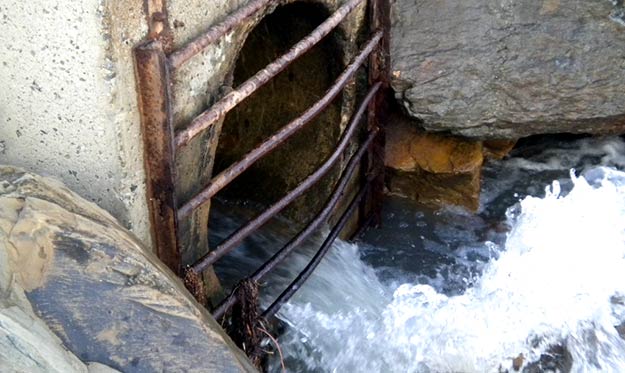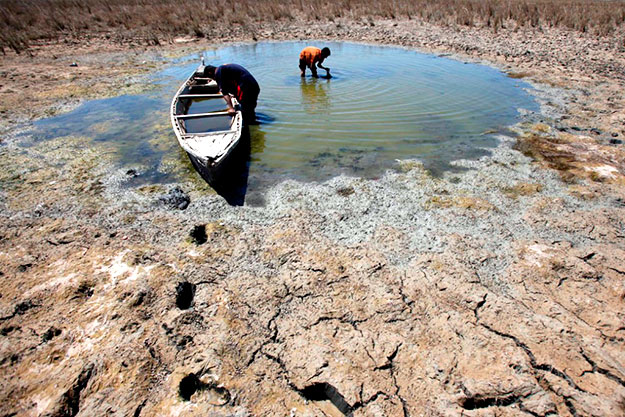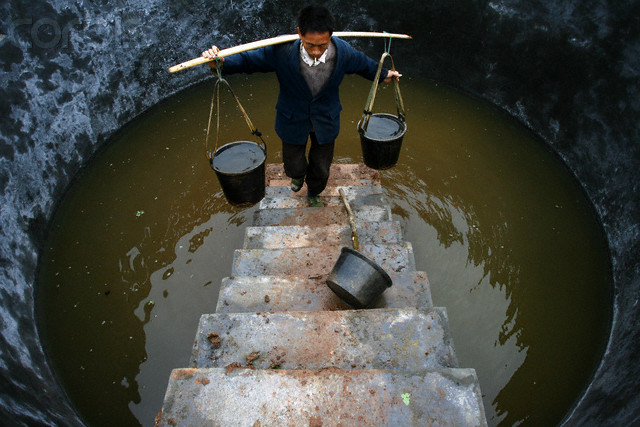Rising temperatures and declining snowpack in the mountains mean that the drought across the western U.S. is about to get even worse.

Sparse snowpack in California’s mountains in late winter 2014 is being repeated in 2015 (above, Mount Lassen in northern California). Snowmelt helps recharge the reservoirs that supply water to the Central Valley.
Snowpack—which essentially serves as a water tower for the western United States—produces vital meltwater that flows off the mountains each spring. Like a time-release capsule, snowpack refills streams and reservoirs and waters crops and cities through the dry summer in this largely semiarid region.
But the snowpack is becoming more like a snow gap, as temperatures in the Cascades and Sierra Nevadabecome too warm for the snow that replenishes the ecosystem each winter.
Temperatures in the West are rising, and winter storms—which have been in infrequent for years—are bringing more rain and less snow. Read more











